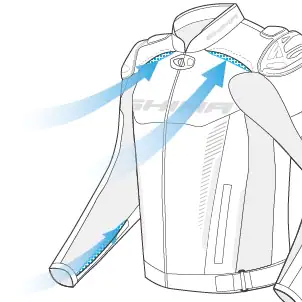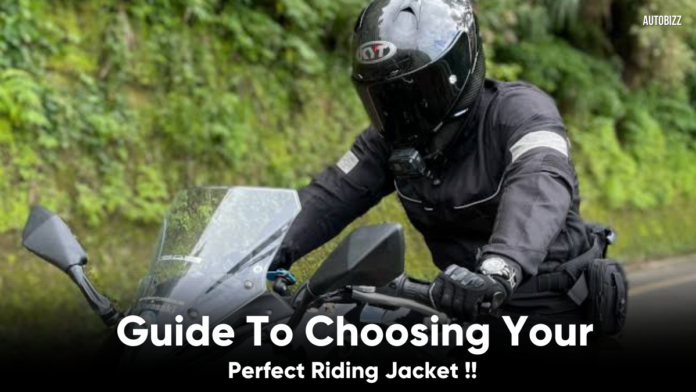A riding jacket is incredibly crucial in ensuring that your ride is both pleasant and safe. Take a look at the factors to consider while purchasing a jacket.
1. Right Size
When purchasing a riding jacket, it is essential to select the correct size. When deciding on a size, the shoulder fit of the jacket should always be taken into account. If the jacket’s shoulders feel like they’re pressing on your shoulder, get a size up; if the jacket feels like it’s dangling from your shoulder, order a size down. After you’ve decided on a size based on your shoulder width, you may go through the many fits available.

2. Right Fit
To acquire the best-fitting jacket for you, you’ll need more than just the right size. The sizing merely gives you an idea of how wide your shoulders are. The fit of the jacket is entirely depends on how it hugs your body. A common riding jacket is available in two styles: street fit and touring fit. The jacket’s street style offers a close, body-hugging fit that’s ideal for short rides. A touring fit jacket is often longer and looser than a street fit jacket, allowing the wearer to wear it for extended periods of time when touring.
3. Impact Protection
The most significant reason to get a riding jacket is for the impact protection it provides in the event of an accident. In the shoulders and elbows, nearly all riding jackets include CE level 2 impact protectors. You may also choose jackets that provide CE level 2 protection for your back. When testing the fit of your impact protectors, the most crucial thing to do is move them about after you’ve worn the jacket. You must ensure that they remain in their designated location, no matter how hard you attempt to shift them, and that the impact protectors do not injure you by pressing up against your body.
4. Material
Riding jackets are available in three different fabrics, depending on your budget and intended use. The jackets in the lower level are constructed of a non-woven mesh. The mesh is held together by a textile fabric inside, and the jackets are typically water resistant, but not particularly resistant to rips and tears. A textile fabric jacket is an option if you want to go up the material ladder. These jackets are rip and tear resistant, but they lack water resistance and cannot be worn in the rain without a rain liner. Leather is the most costly of the three materials. These are the most costly coats on the market now.
5. Breathability

One important factor of consideration while choosing a riding jacket is its ventilation. This is particularly important in a warm weather country like India. Any jacket’s ventilation is mainly dependent on its material and vent pockets. Given its lack of micro gaps, which is a virtue of woven fabrics, the mesh type jacket fabric is the worst when it comes to breathability. These jackets are completely dependent upon vent pockets for air circulation. Yet another type of jackets relying completely on ventilation pockets is leather riding jackets. Though these jackets are the most expensive ones, they have the worst breathability of all the materials. A textile fabric jacket is the most breathable material of the three and hence, does not require vent pockets during dry rides without rain liners. With rain liners installed, the major challenge before air pockets is to provide air circulation while maintaining water resistance.
Riding coats are not inexpensive. A properly-fitting and well-made riding jacket, on the other hand, is well worth the protection it can provide. So, the next time you’re thinking about getting a riding jacket, keep the following points in mind.


